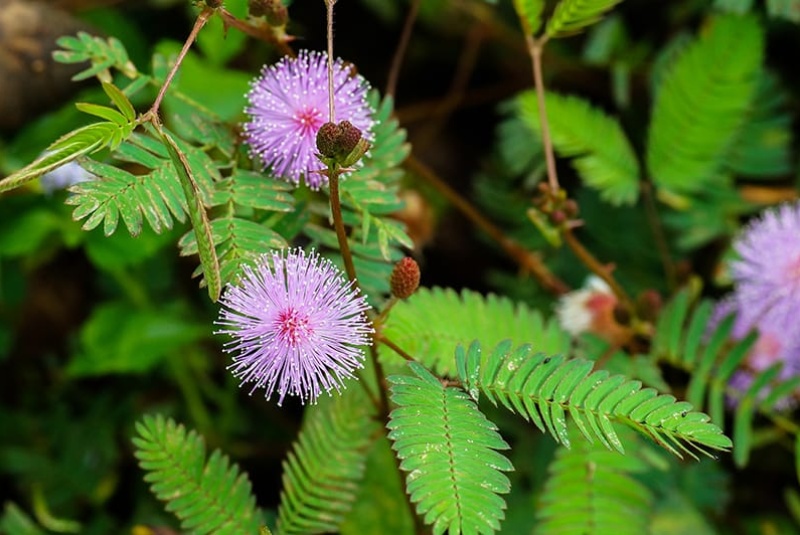The animal kingdom is teeming with creatures that have adapted in the most extraordinary ways to survive in their environments. One of the most unusual and fascinating of these creatures is the hairy frog, also known as the horror frog. Its appearance alone is enough to pique the curiosity of biologists and nature enthusiasts alike. But it's not just the frog's looks that are remarkable. This amphibian has a survival mechanism so bizarre and extreme that it seems more like the stuff of horror movies than a feature of a living organism. It is a trait so peculiar that, as far as knowledge permits, it remains unparalleled in the natural world.
When faced with a threat, the hairy frog engages in an act of self-mutilation that is as astonishing as it is gruesome. It intentionally breaks its own toes to extrude sharp bone fragments that serve as claws. These claws are not meant for hunting but are purely defensive, wielded only when the frog must protect itself from an assailant.
Imagine the scenario where such extreme measures are necessary: the peaceful existence of a hairy frog is disturbed by the presence of a predator. The predator, drawn by the prospect of a meal, approaches, unaware of the amphibian’s secret weapon. As the threat looms closer, the frog prepares to unleash its natural yet horrific defense mechanism. It’s a literal fight for survival, where pulling out all stops means breaking one's own bones to fashion impromptu weapons.

Harvard Biologists Uncover a Biological Anomaly
This startling defense strategy came to light when Harvard biologists delved into the peculiarities of the hairy frog's anatomy and behavior. The bone that the frog uses to create its makeshift claws actually punctures through the skin of the toe pads. What makes this even more bizarre is the nature of the claw itself. Unlike the claws of cats and many other animals, which are composed of keratin, the hairy frog's claws are purely osseous—composed entirely of bone.
The mysterious aspect of this entire process is the retraction of the claw. How does a bone, now devoid of any attachment to muscles, retract back into the toe? The answer remains elusive. Some theories suggest that the claws may naturally retract back into the tissue as the frog relaxes post-conflict, possibly healing over time, or even regenerating if the frog survives the encounter. It’s an agonizing defense tactic that poses many questions about the nature of pain and survival instinct in amphibians.
Understanding the Hairy Frog's Unique Morphology
Apart from its self-harming defense, the hairy frog is also noteworthy for its unique integumentary system—the hairs that give the frog its name. It is thought that these hairs have a respiratory function, allowing the frog to absorb more oxygen through its skin, thereby enhancing its blood oxygenation. This is particularly interesting because it suggests that the frog's integument has evolved not just as a means of camouflage or as a sensory organ, but as a vital component of its respiratory system.
The existence of such an extreme defensive strategy and the presence of these respiring hairs indicate a level of evolutionary adaptation that is quite rare. They also highlight the complexities of life in the wild, where the need for survival can drive the development of extraordinary biological features and behaviors.
The Balance Between Pain and Survival
It's natural to wonder about the pain that the hairy frog must endure during its self-mutilating defense. However, pain, as humans experience it, may not be the same in the realm of amphibians. Their response to injury is primarily survival-driven, with their bodies’ biochemistry possibly dulling the sensation that would be debilitating for other creatures.
Nonetheless, it’s a stark reminder of the lengths to which nature will go to ensure the survival of a species. The hairy frog stands as a testament to the incredible adaptability of life and the sheer force of the instinct to survive.
The hairy frog's remarkable adaptations are not just a subject of curiosity but also a potential source of biomimetic inspiration. Scientists studying these frogs may find clues that lead to new materials and designs in technology, particularly in the fields of defense and medicine.
Final Reflections on the Hairy Frog's Adaptations
The hairy frog's ability to turn its own body into a weapon is an astonishing example of nature's ingenuity. It pushes the boundaries of what is understood about survival strategies in the wild. The lengths to which this species will go to defend itself against predators underscore a profound truth about life on Earth: survival can often come at a steep price.
Understanding creatures like the hairy frog is not just an academic exercise—it's a way of appreciating the complexity and resilience of life. As researchers continue to investigate these remarkable animals, we may find more than just interesting biological facts; we might uncover deeper insights into the workings of evolution itself.
The horror frog's story is one of survival, adaptation, and the intricate balance of life. It’s a narrative that plays out every day in the wild, silent and unseen. Yet, through the work of dedicated biologists and researchers, such stories come to light, reminding us of the relentless and often brutal march of evolution. They are tales not only of the hairy frog's tenacity but of life's unyielding will to endure, adapt, and thrive against all odds.




